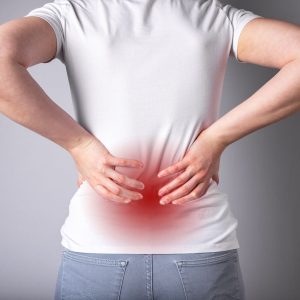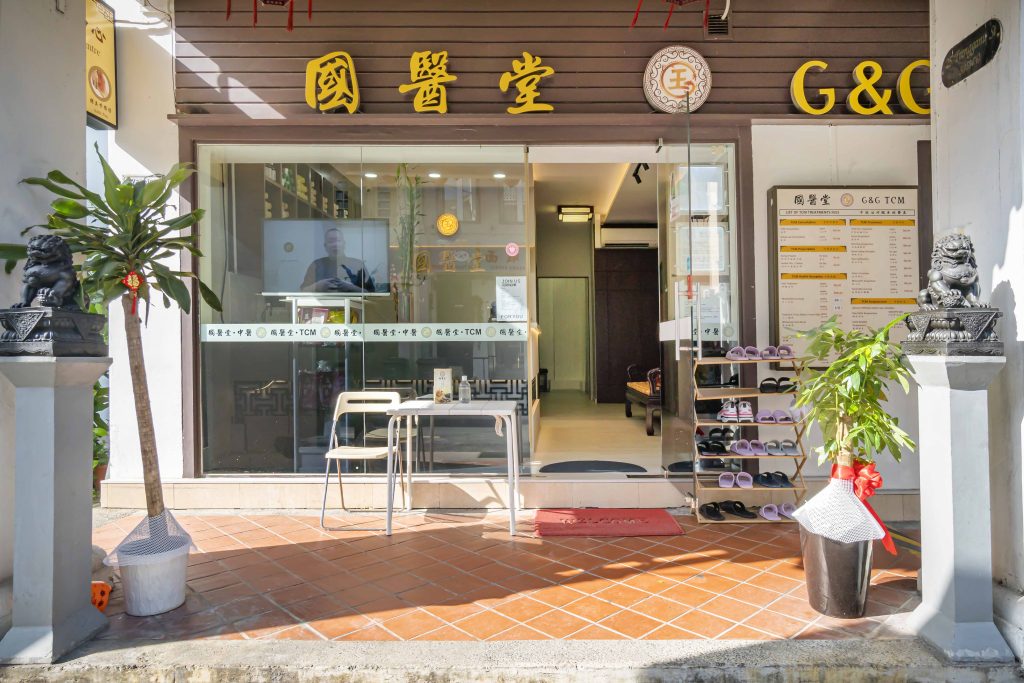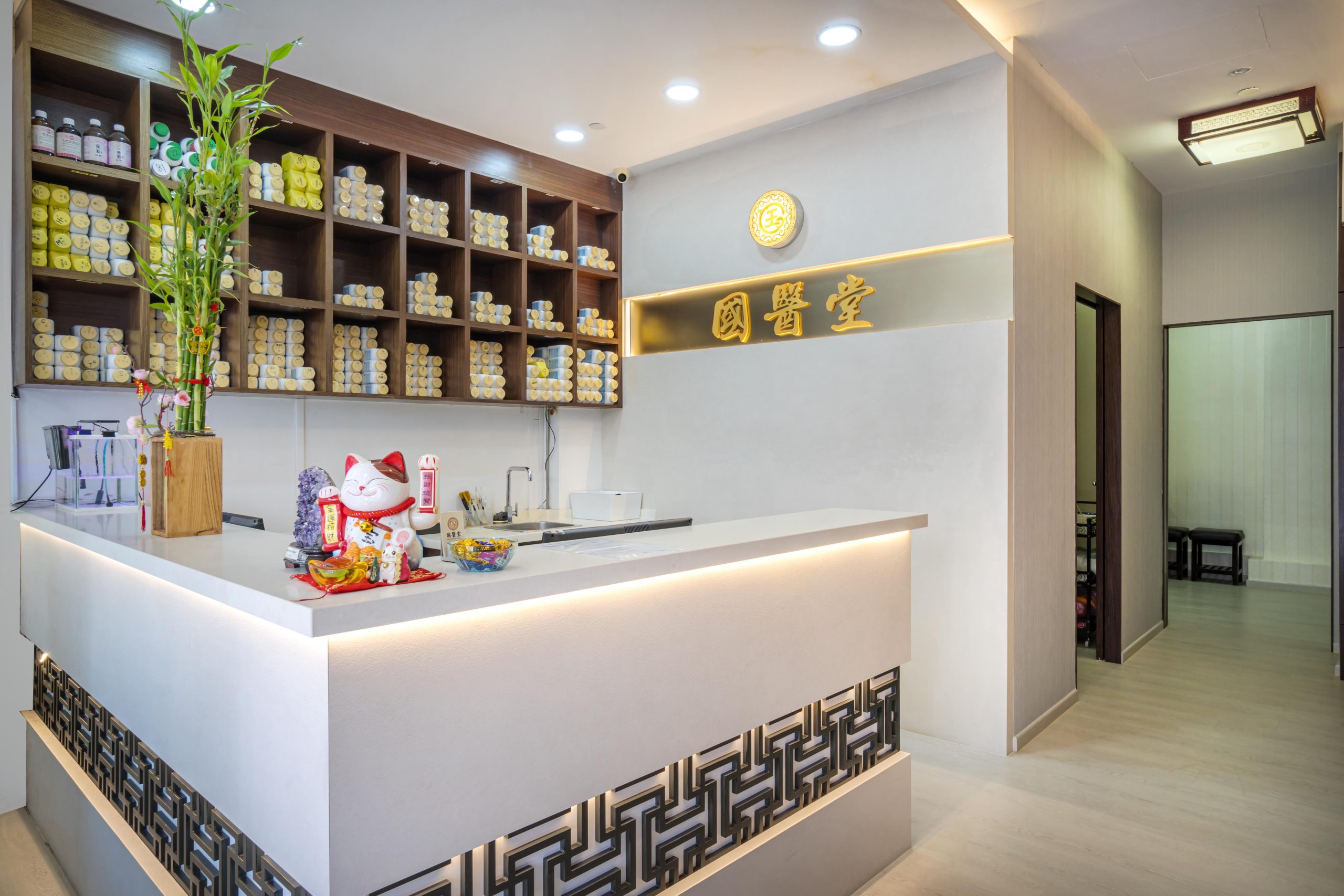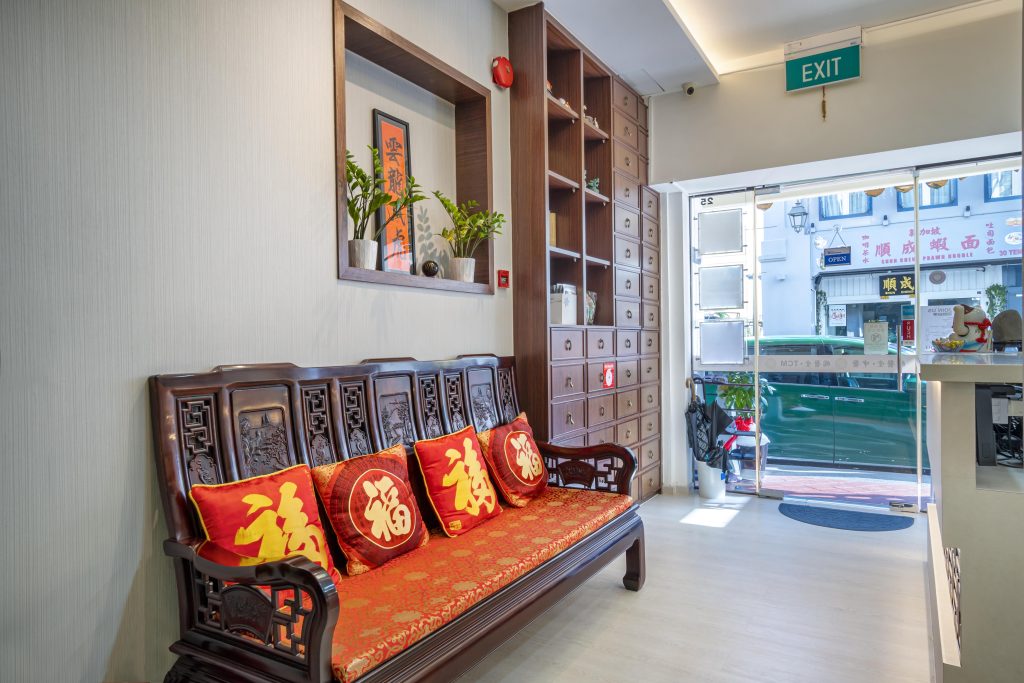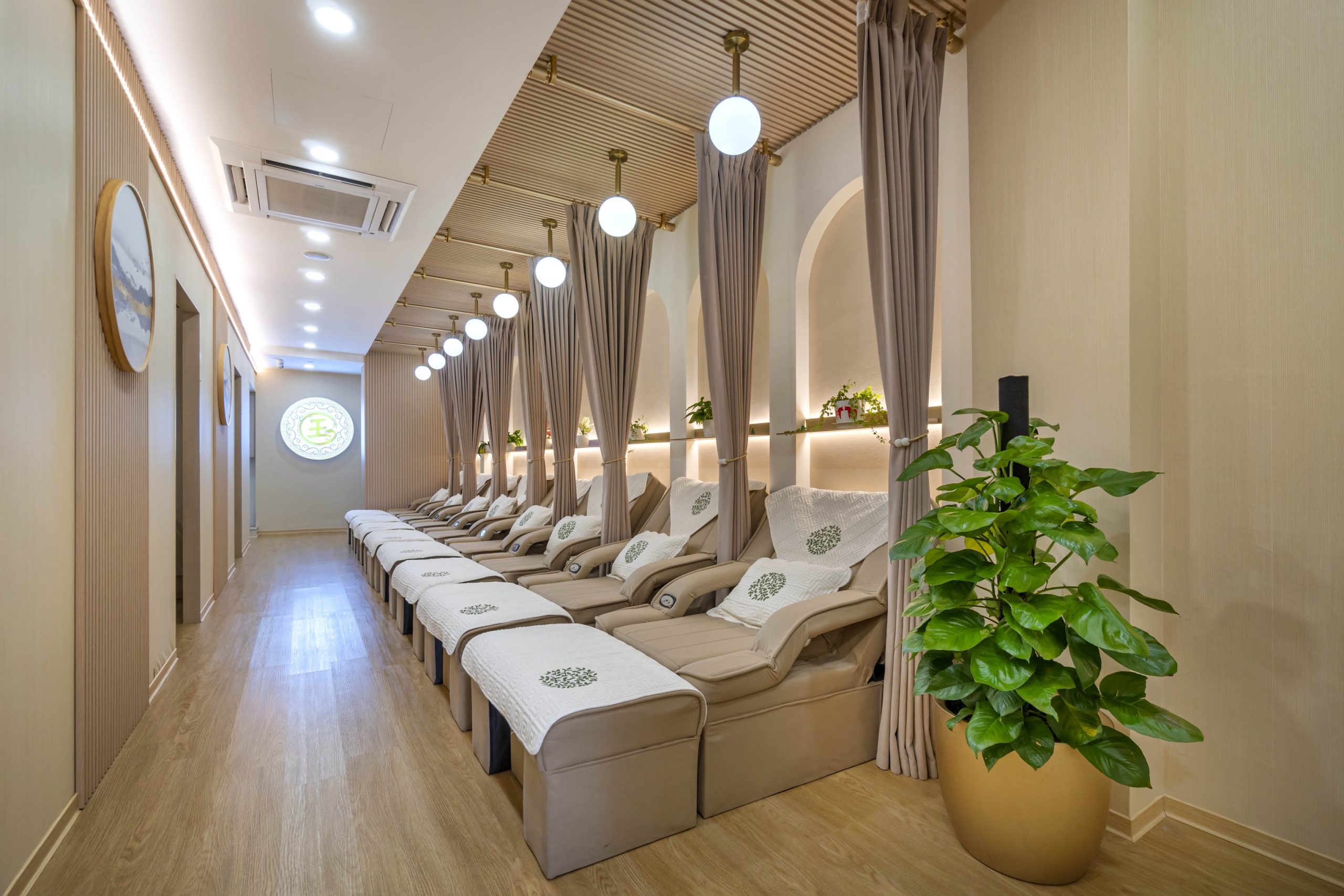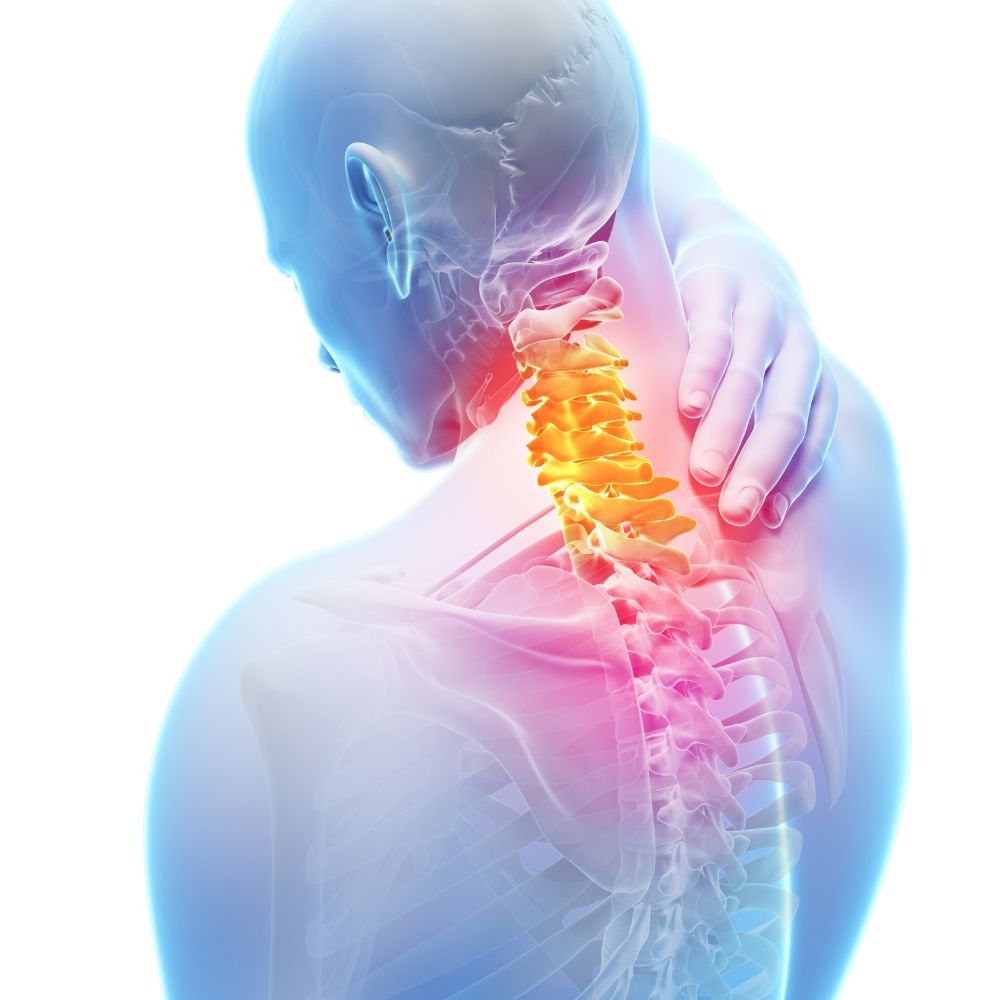Exploring Traditional Chinese Medicine (TCM) in Chinatown Singapore
Embracing Tradition in Modern Healthcare
In the heart of Singapore’s Chinatown, amidst the cultural richness and bustling streets, G&G TCM stands as a beacon of TCM clinic excellence. G&G TCM integrates ancient healing practices with modern wellness solutions, offering a comprehensive range of therapies aimed at restoring balance and promoting overall well-being.
Principles and Practices of TCM
TCM embodies a holistic approach to health, focusing on the balance of Qi (vital energy) within the body, the harmony of Yin and Yang energies, and the interconnectedness of organs and meridians. At G&G TCM, these principles guide a variety of treatments, including acupuncture, herbal medicine, cupping therapy, and more.
Holistic Wellness and Preventive Care
Unlike Western medicine’s emphasis on treating symptoms, TCM emphasizes preventive care and addresses underlying imbalances to promote long-term health. At G&G TCM, personalized treatment plans are tailored to each individual’s constitution and health needs, fostering a proactive approach to wellness.

Cultural Heritage and Modern Application
Chinatown Singapore serves as a vibrant backdrop for G&G TCM’s practice, where cultural traditions are preserved and celebrated. Patients experience the cultural richness of TCM through personalized care that respects both ancient wisdom and modern healthcare standards.
Integration with Modern Healthcare
G&G TCM collaborates with Western medical practitioners to offer integrated healthcare solutions that combine the strengths of both systems. This collaborative approach enhances treatment outcomes, providing patients with comprehensive care options tailored to their health goals.
Community Impact and Accessibility
As a cornerstone of healthcare in Chinatown Singapore, G&G TCM plays a crucial role in community health and wellness. The clinic’s accessibility and cultural sensitivity make it a preferred choice for locals and visitors seeking alternative health solutions rooted in tradition and efficacy.
Conclusion: Bridging Tradition with Modern Well-being
G&G TCM in Chinatown Singapore represents a harmonious blend of tradition and innovation in healthcare. By embracing ancient wisdom and integrating it with modern practices, G&G TCM plays a vital role in promoting holistic wellness and cultural understanding. Whether seeking relief from ailments or exploring alternative health approaches, visitors to G&G TCM embark on a journey of healing and cultural discovery.




